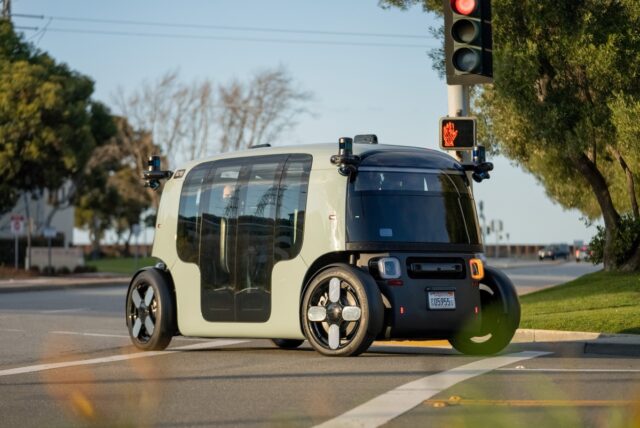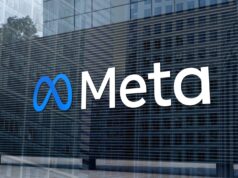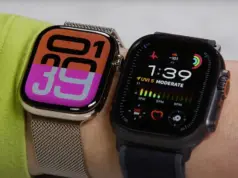
Amazon’s autonomous vehicle division, Zoox, is facing renewed scrutiny after a software flaw led to a collision involving one of its driverless robotaxis in Las Vegas last month. The incident has prompted a voluntary recall of 270 vehicles and raised fresh concerns about the safety and readiness of fully autonomous transportation.
What Happened in Las Vegas?
On April 8, an unoccupied Zoox robotaxi collided with a passenger vehicle in Las Vegas. According to Zoox, the crash occurred when a passenger car quickly approached the lane where the robotaxi was traveling. Anticipating that the car would proceed forward, the Zoox vehicle slowed down and steered to the right. However, the passenger car came to a full stop, fully yielding to the robotaxi and remaining in the shoulder lane. The Zoox robotaxi braked hard, but contact was unavoidable.
No injuries were reported, and both vehicles sustained only minor damage. Nevertheless, the incident highlighted a critical flaw in the robotaxi’s automated driving system (ADS), which misjudged the intentions of a vehicle slowly approaching perpendicularly and stopping. This miscalculation led the Zoox vehicle to steer and brake incorrectly, resulting in the collision.
The Recall and Software Update
In response to the incident, Zoox voluntarily recalled 270 vehicles equipped with the affected software version. The company paused all driverless operations for several days to conduct a safety review and developed a software update to address the issue. The update was implemented across all Zoox vehicles, including the purpose-built robotaxi and test fleet.
Zoox emphasized its commitment to transparency, regulatory compliance, and rider safety, stating that the recall demonstrates its dedication to these principles.
Regulatory Oversight and Previous Incidents
This is not the first time Zoox has faced regulatory scrutiny. In March, the National Highway Traffic Safety Administration (NHTSA) closed a probe into 258 Zoox vehicles over a braking issue after the company issued a recall to update their software. The investigation was initiated following two rear-end collisions that injured motorcyclists after the automated vehicles braked unexpectedly.
However, another NHTSA investigation remains open into Zoox’s self-certification of robotaxis lacking traditional driving controls, such as a steering wheel and brake pedal. The agency identified multiple safety standard violations in the self-driving taxi developed by Zoox, which could pose regulatory hurdles for the company.
Industry Implications
The Las Vegas incident and subsequent recall underscore the challenges facing the autonomous vehicle industry. Companies like Zoox must navigate complex technical and regulatory landscapes to ensure the safety and reliability of their vehicles. The incident also highlights the importance of robust testing and validation processes to identify and address potential issues before they result in real-world accidents.
As the industry continues to evolve, incidents like this serve as reminders of the critical importance of safety and the need for ongoing collaboration between companies, regulators, and the public to build trust in autonomous technologies.










